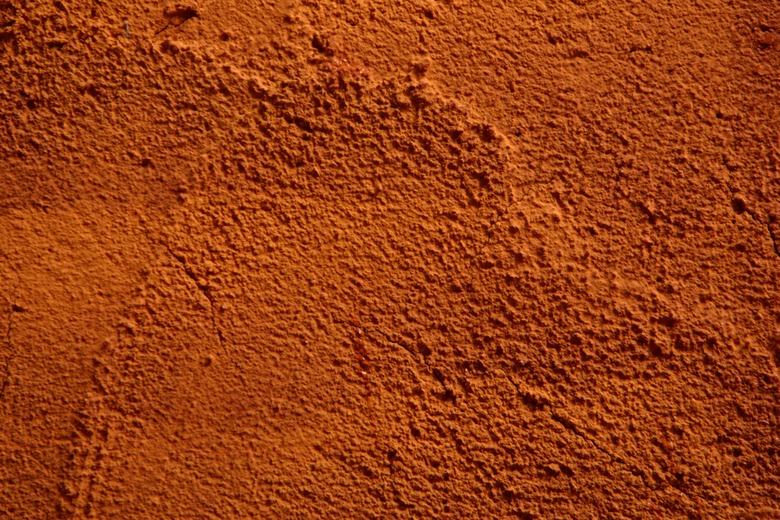Difference Between Exterior Plaster & Stucco
Exterior plaster and stucco have many similarities. Both are durable, fire resistant and long-lasting. They provide buildings with an attractive alternative to siding and are relatively low-maintenance products. Though modern versions have been manufactured, exterior plastering products have been used for thousands of years, dating back to ancient civilizations.
Materials
Materials
Stucco is a specific type of exterior plaster. However, exterior plaster does not have to be stucco. Products known as "exterior plaster" are made from a mixture of lime, plaster of Paris and water. Stucco, however, is made from Portland cement, lime and sand. These differences in material affect where the material can be used and how it can be applied.
Application
Application
Plaster can be used on both the interior and exterior of a home, while stucco is best used only on the exterior. This is because stucco tends to be rough in texture and more durable than other types of plaster. Exterior plaster, however, is more versatile; it can applied to a variety of smooth surfaces, such as drywall or concrete, while stucco cannot. Exterior surfaces must be correctly prepared for you to apply stucco.
Installation
Installation
Both plaster and stucco installation require trained experts, who often go through lengthy apprenticeships to learn the trade. Stucco is usually applied in three layers over a wire lath, which is similar to wire mesh and gives the stucco a surface to adhere to. This first coat is a preparatory or "scratch" coat; the second is a "brown coat," which is a thick, smooth layer; and the top coat gives the stucco its distinctive, textured appearance. Exterior plaster can also be applied in this way, although a thin coat — also known as gypsum veneer — is also an option. Gypsum veneer can be applied in one coat over drywall.
Versatility
Versatility
Exterior plaster is more versatile than stucco. While stucco can only be applied to specific types of surfaces — such as a wire lath — plaster can be applied directly to a variety of surfaces, including smooth textures like concrete and drywall. Plaster can also be poured into molds and allowed to set to create relatively inexpensive, intricate design molds. This adds value and beauty to a home with minimal additional cost.
